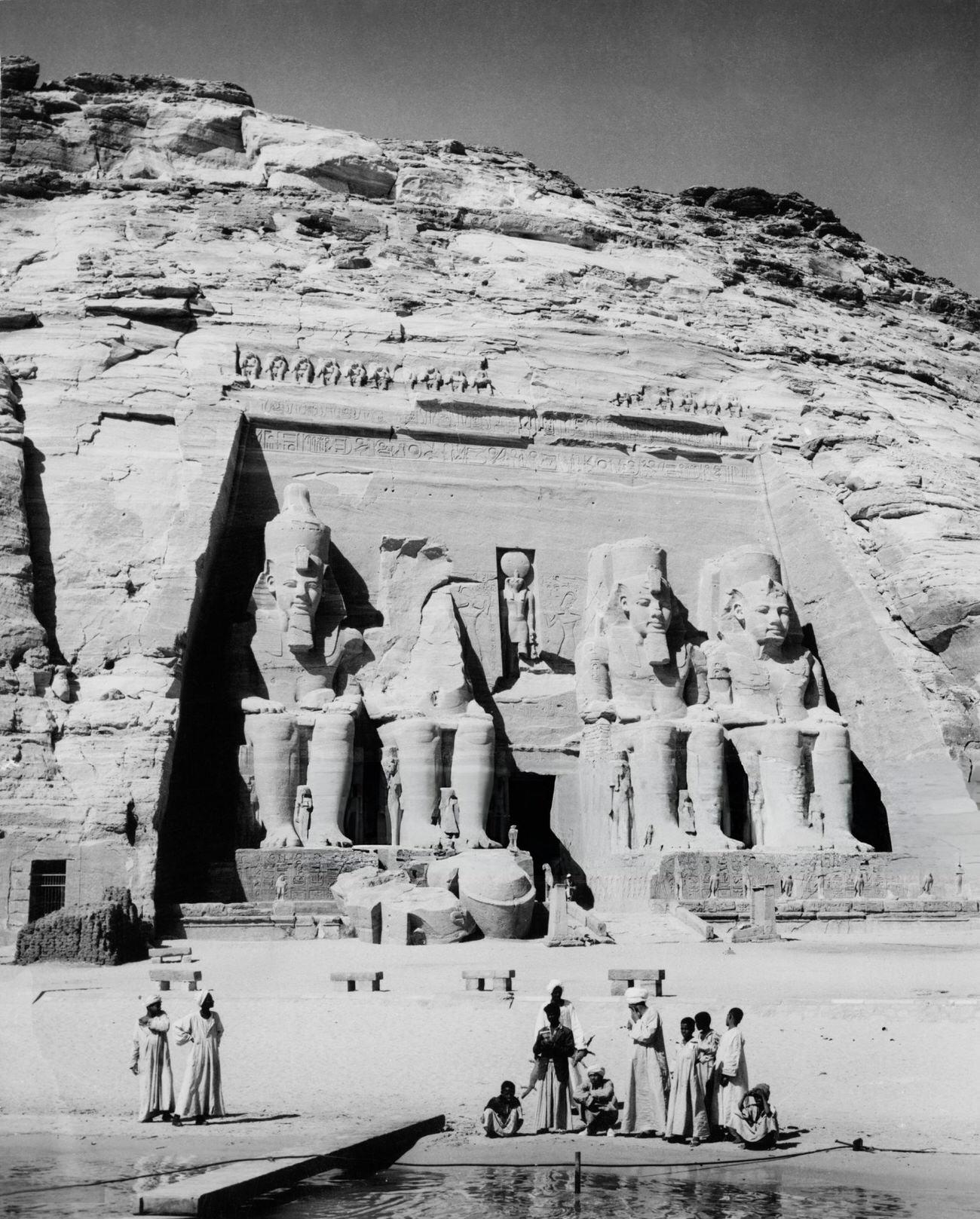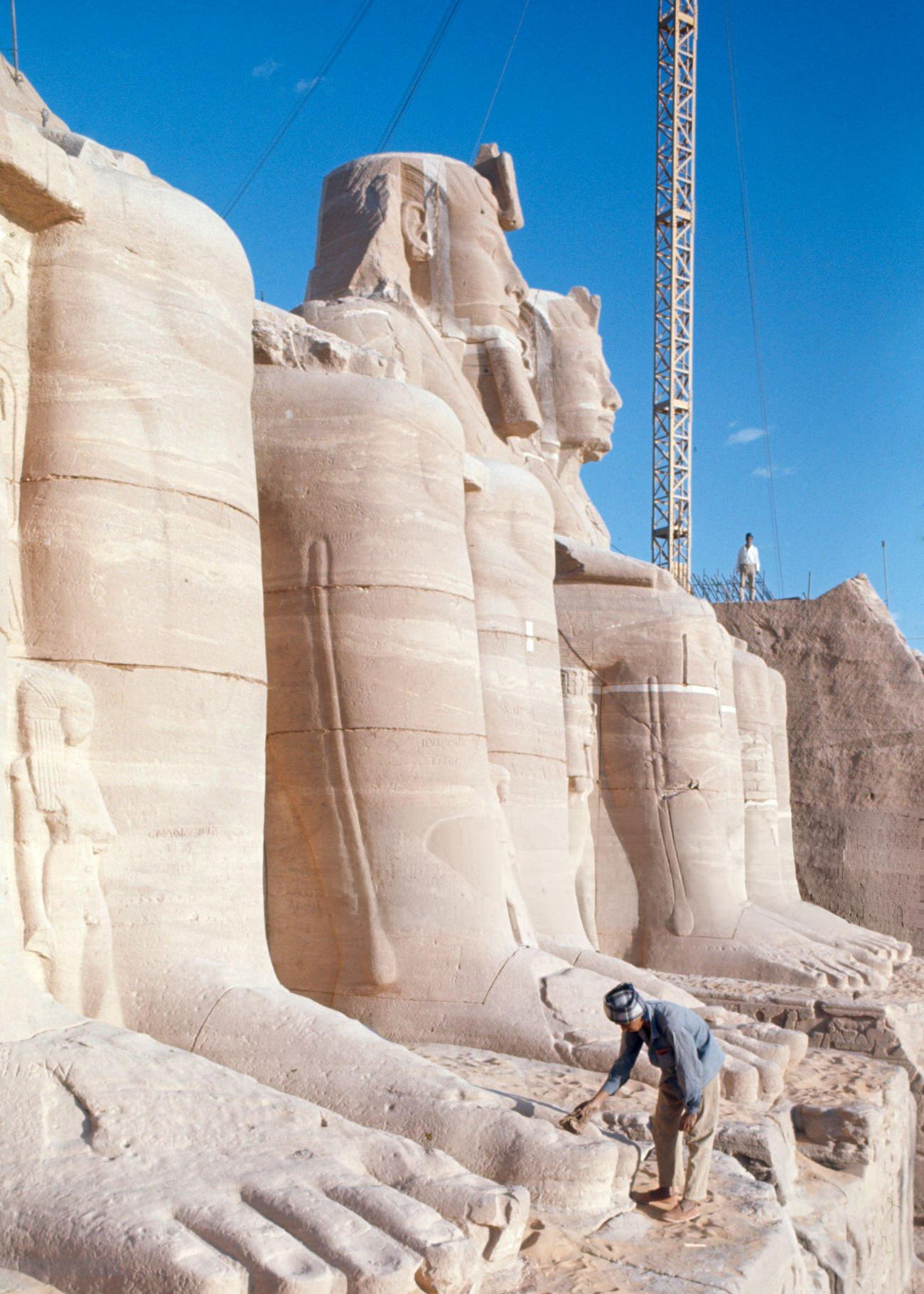Situated in southern Egypt, these temples, originally constructed during the reign of Pharaoh Ramses II in the 13th century BC, faced a significant threat from the rising waters of the Nile due to the construction of the Aswan High Dam. In the 1960s, an extensive international effort was undertaken to save and relocate these historic structures.
The Threat Posed by the Aswan High Dam
Construction of the Aswan High Dam, initiated in the early 1960s, was a major development project aimed at controlling the Nile’s flooding, generating hydroelectric power, and increasing water storage for agriculture. However, the resulting creation of Lake Nasser, a massive artificial water reservoir, posed a serious threat to several ancient Egyptian temples, including Abu Simbel, which would be submerged upon the dam’s completion.
International Response and UNESCO’s Involvement
Recognizing the cultural and historical significance of Abu Simbel, UNESCO launched a global appeal in 1960 for funds to save the temples. This call for action marked one of the first major international efforts for cultural heritage preservation. Countries around the world contributed to the campaign, showcasing a unified commitment to save these ancient monuments.
The Engineering Feat of Moving the Temples
The relocation process, which took place between 1964 and 1968, was an extraordinary feat of engineering. The two temples were carefully cut into large blocks, some weighing up to 30 tons. These blocks were then meticulously dismantled, moved, and reassembled on a specially constructed artificial hill made from a domed structure of steel, approximately 65 meters higher and 200 meters back from their original location, ensuring their safety from the rising waters.
One of the most significant challenges was maintaining the orientation and the spatial relationship between the two temples. The project not only involved the physical relocation but also an extensive archaeological study to ensure that every carved stone and statue was accurately placed, preserving the temples’ historical and cultural integrity.



































